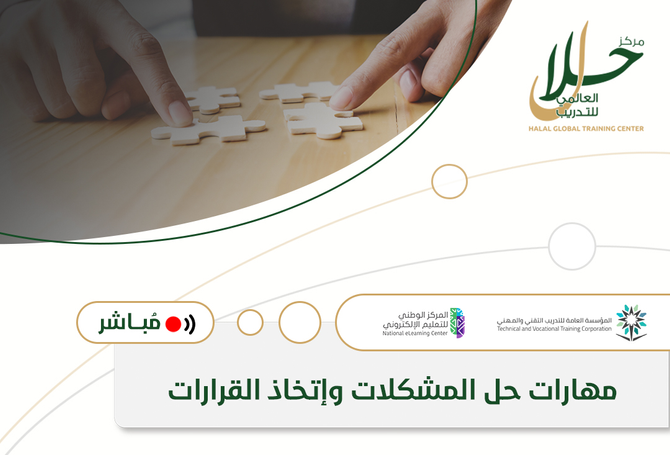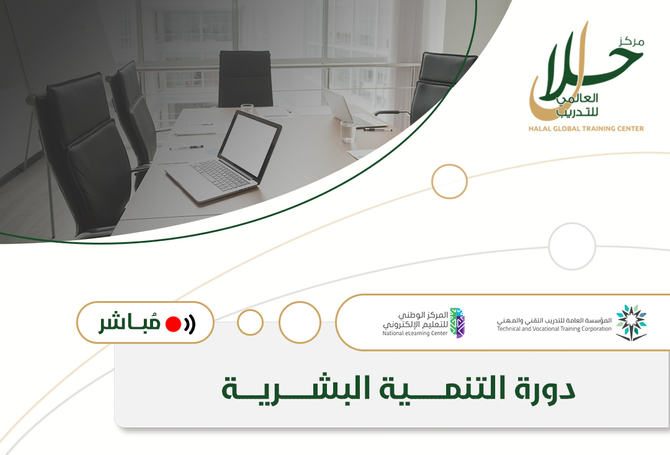الدورة تقام بشكل حضوري عن بعد
المحور الثاني: أنواع المشكلات:
تتمثل أنواع المشكلات فيما يلي:- (البارودي ، 2018 ، 37)
يمكن تقسيم المشكلات إلى ثلاث تقسيمات رئيسية كما يظهر في الشكل أدناه:-
- مشكلات النظام.
- المشكلات الإنسانية.
- المشكلات الاقتصادية.
1/ مشكلات النظام:
وهي المشكلات الناتجة عن سوء تصميم نظم العمل أو الناتجة عن عوامل خارجية تؤدي إلى عدم فعالية نظم التشغيل، وقد يأخذ هذا التقسيم مجموعة صور منها: ( ضعف نظم المعلومات ، تعطيل إجراءات العمل ، ضعف الرقابة على الجودة وبالتالي وجود مشكلات في ظروف العمل ) ومشكلات النظم بطبيعتها عملية ويمكن قياسها والتعرف عليها بسهولة ، مما يمكن محلل النظم من حل تلك المشكلات بسهولة.
2/ المشكلات الإنسانية:
ويشمل هذا التصنيف مشكلات عديدة حيث أنها تتعامل مع الجانب الإنساني المعقد وكذلك العلاقات الإنسانية ، ويمكن ملاحظة المشكلات الإنسانية التالية ( ضعف الشعور بالانتماء ، مشكلات التحفيز ، الصراعات بين الأفراد ، ضعف التعاون والتنسيق ، ضعف الانضباط ، ظهور الشللية).
3/ المشكلات الاقتصادية:
تشمل المشكلات الاقتصادية عدم كفاية المخصصات في الموازنة ، وزيادة مستوى المصروفات والتكاليف ، وضعف معدلات السيولة ، وأخيراً ضعف استغلال موارد المنظمة ، ويمكن للمشكلة أن تأخذ ناتج خلل في نظام العمل.
وهنا نتساءل هل يمكن أن تصنع المشكلة الإدارية أم أنها لابد أن تكون وليدة تفاعل ذاتي.
ولللإجابة على هذا السؤال فإنه يمكننا القول " أن المشكلة ليست فقط وليدة تفاعل ذاتي ، وإنما أيضاً هي عملية يمكن صناعتها بهدف السيطرة على الآخرين وابتزازهم واستغلال ظروفهم واحتياجهم للعمل ، وصناعة المشكلة الإدارية قد يتطلب من صانعيها أو يقوموا بخلق المناخ الفكري والظروف المناسبة لتفجير المشكلة المفتعلة ، وتعبئة كافة الأدوات والوسائل الدافعة والمؤيدة والمحفزة لذلك.




